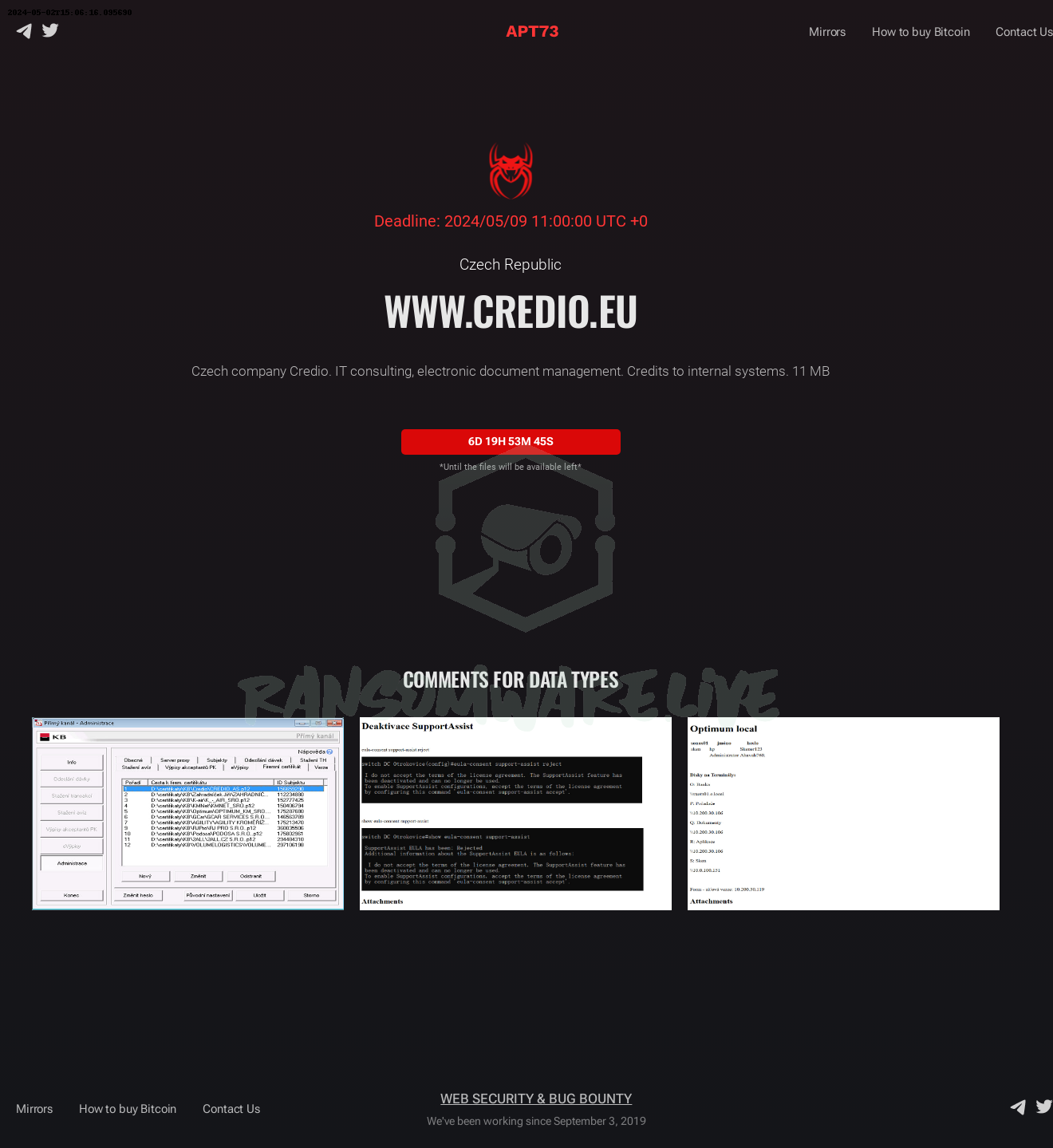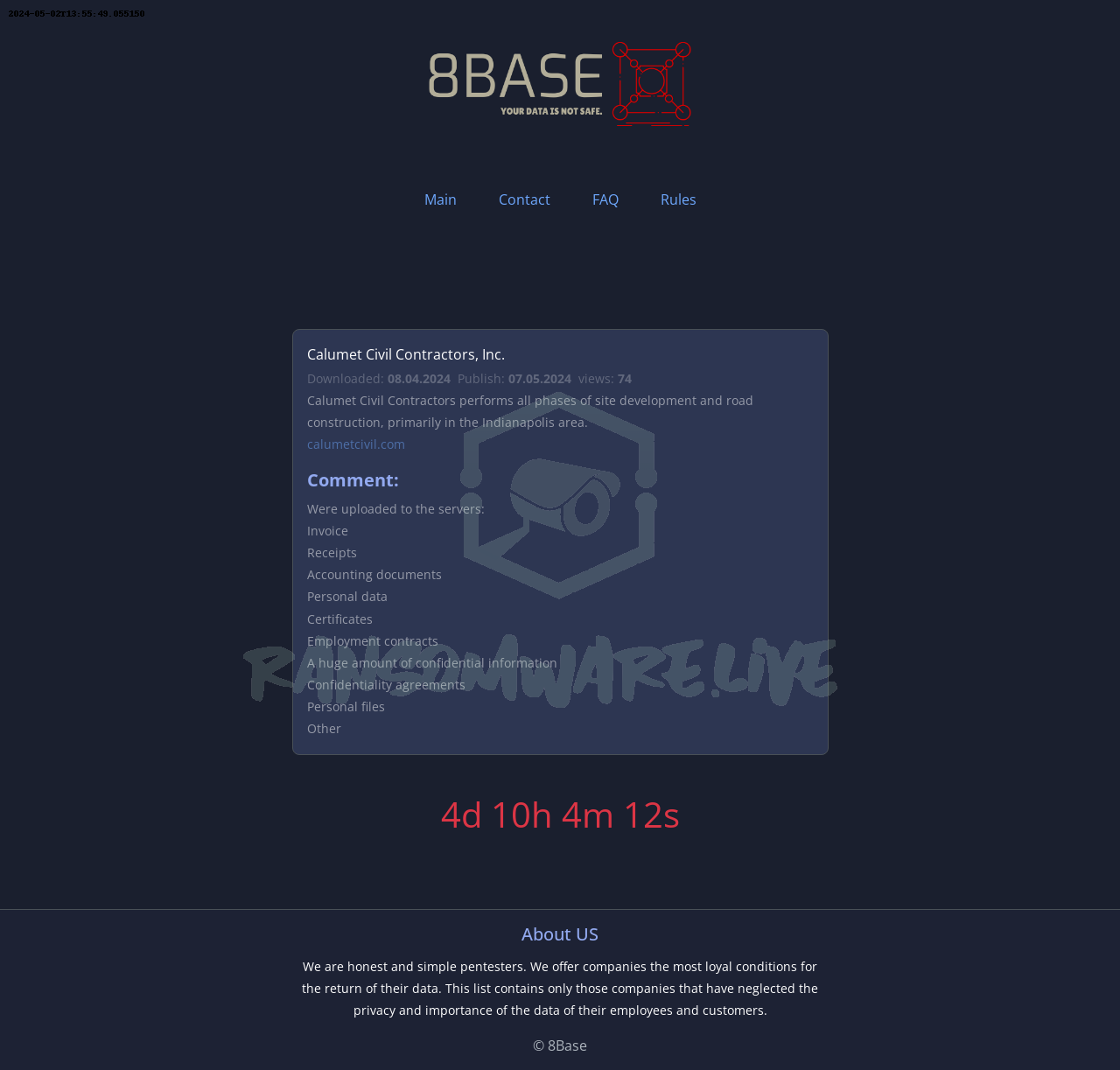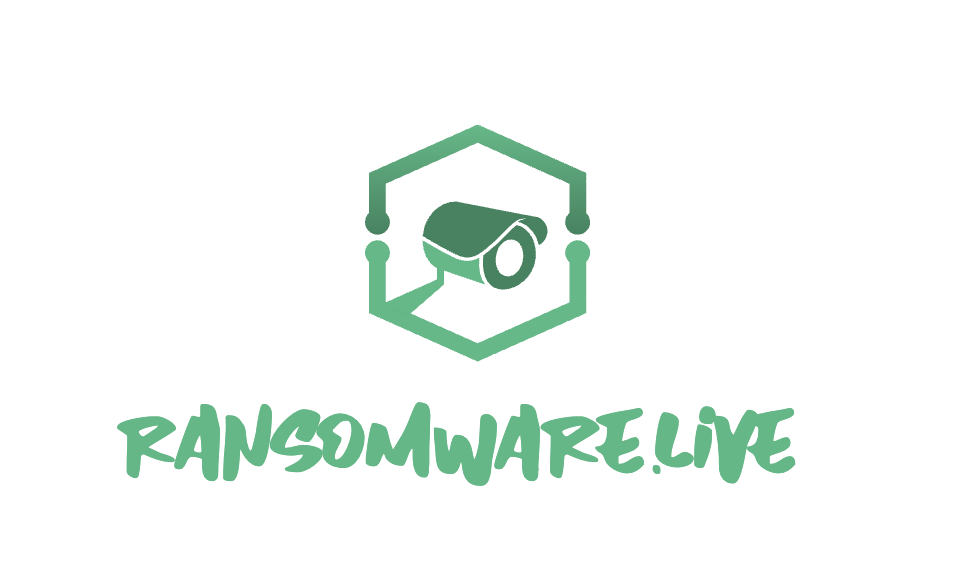In the fast-paced realm of modern business, adaptation is key. As organizations transition to hybrid work models and embrace cloud-based operations, the very fabric of how we work has transformed – opening doors to more security risks. With more freelancers, contractors, and BYOD programs accessing corporate applications (like web and SaaS applications) via their own devices, oftentimes, what is overlooked is the security posture for the choice of web browsers people are using. In fact, according to Verizon’s Data Breach Investigation Report, over 80% of security incidents originated from web applications in 2023.
Traditionally viewed as a mere window to the internet, the browser could be more aptly likened to a door – offering entry points for bad actors into devices, activities, and data. With the web’s expanding attack surface and the proliferation of risks such as insider threats and malware, the gaps inherent in consumer browsers can’t be ignored.
Consider this scenario: Your organization seamlessly migrates operations to the cloud, enabling employees to access critical data and applications anytime, anywhere, and on any device. However, employees continue to use conventional consumer browsers for daily tasks, in parallel to using them to access the organization’s critical data, exposing your organization to considerable risk.
In essence, an organization’s browser becomes the gateway to work- meaning the gateway to sensitive information and subsequently, potential risks. The cyber threats and growing attack surfaces many organizations now face require a solution capable of securing the modern, dispersed workforce – which means moving away from conventional consumer browsers.
So, what sets enterprise browsers apart?
Consumer browsers, such as Google Chrome and Microsoft Edge, are designed primarily for individual use and advertising purposes. While these browsers excel in catering to the needs of individual users, they tend to fall short of meeting organizations’ security requirements to safeguard sensitive corporate data against evolving cyber threats.
On the other hand, enterprise browsers are tailored to meet the specific demands of organizations operating in a professional setting, built on the de-facto standard browser codebase, Chromium – which means it is fully compliant with all websites and extensions. It doesn’t matter whether it’s a desktop, laptop, mobile phone, or tablet. The enterprise browser creates a secure workspace that is isolated from the machine by embedding advanced security mechanisms in the browser. It protects against attacks targeting the browser (deliberate or intentional) – originating from the device, from the web, from misuse by the user, and from extensions.
Enterprise browsers provide IT and security teams full visibility into traffic and user actions without needing to manage any other aspects of the host machine. From the enterprise browser, you can see what data is associated with which applications and set rules and zero-trust policies for all your apps. It’s a simple and elegant cybersecurity solution that has finally grown up to keep pace with modern working.
Why does this matter?
Gartner predicts that by 2030, enterprise browsers will be the core platform for delivering workforce productivity and security software on managed and unmanaged devices for a seamless hybrid work experience. There’s a good reason for it.
While there are “traditional” solutions to the security issues web browsers introduce, enterprise browsers provide a net-new approach. Think of it like this: traditional solutions like Virtual Desktop Interface (VDI) or Desktop as a Service (DaaS) are designed to patch these security holes by pulling the entire user experience away from the worker, effectively isolating them at the network level from sensitive corporate data in the name of security. VDI environments address security but sometimes at the cost of performance. VDI users often report connectivity and slowness issues while using VDI.
Enterprise browsers are a whole different ball game. They’re designed from the ground up as a security product with productivity in mind. They bring the security actions closer to the user. Instead of having to log in to a remote session in some far-flung cloud, with an enterprise browser users can simply click and go with similar protection of those traditional solutions (and oftentimes more).
That is the reason for Gartner’s prediction. As work environments become more complex, and we expand our work’s borders to encompass the entire world, simple and secure solutions become more and more important.
With an enterprise browser, simple and seamless security extends to everyone, everywhere, on any device.
To learn more, visit us here.
Cloud Security






Leave a Reply